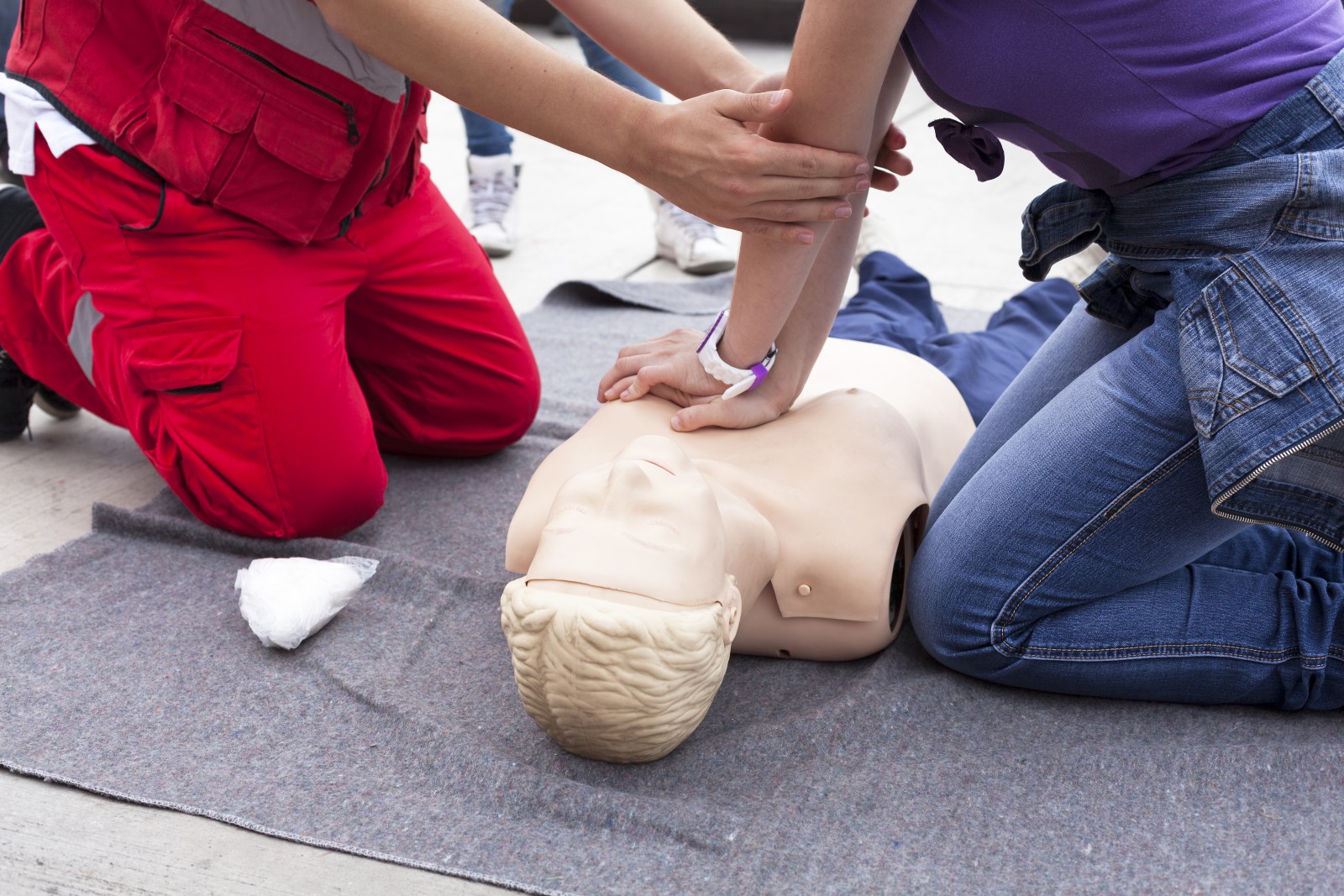Introduction
Standard first aid and CPR/AED courses are essential for individuals who want to acquire lifesaving skills and be prepared to respond to medical emergencies. Learn more about the importance of these courses, their content, and the benefits they offer to get first aid and cpr courses.
Understanding Standard First Aid
Basic Life Support Techniques
Standard first aid training covers basic life support techniques, including assessing the scene for safety, administering CPR, and managing common medical emergencies such as bleeding, burns, fractures, and shock.
Managing Common Medical Emergencies
Participants learn how to effectively manage common medical emergencies, including wound care, treating burns, stabilizing fractures, and providing care for individuals experiencing shock.
Recognizing and Responding to Environmental Emergencies
The course also teaches participants how to recognize and respond to environmental emergencies such as heat exhaustion, hypothermia, poisoning, and allergic reactions, ensuring they are prepared to provide appropriate care in various situations.
CPR/AED Training
Cardiopulmonary Resuscitation (CPR)
CPR training focuses on performing high-quality chest compressions, providing rescue breaths, and using automated external defibrillators (AEDs) to restore normal heart rhythm in cardiac arrest patients.
Automated External Defibrillator (AED) Operation
Participants learn how to operate AEDs safely and effectively, including understanding their functionality, applying electrode pads, and delivering shocks when necessary to revive a person experiencing sudden cardiac arrest.
Hands-On Practice and Simulation Exercises
Hands-on practice and simulation exercises allow participants to enhance their CPR and AED skills in a controlled environment, simulating real-life scenarios to ensure they are prepared to respond confidently in emergency situations.
Course Completion and Recertification Process
Course Duration and Curriculum
Standard first aid & CPR/AED courses typically span several hours and cover a comprehensive curriculum that includes both theoretical knowledge and practical skills training.
Certification and Validity Period
Upon successful completion of the course, participants receive certification that is valid for a certain period, usually one to three years. Recertification is required to maintain certification and ensure continued proficiency in first aid and CPR techniques.
Importance of Regular Training and Review
Regular training and review are essential for maintaining proficiency in first aid and CPR techniques, staying updated on the latest guidelines and protocols, and ensuring readiness to respond effectively to medical emergencies.
Conclusion
Enrolling in standard first aid & CPR/AED courses is a proactive step towards acquiring lifesaving skills and being prepared to respond to medical emergencies. By obtaining certification and staying recertified, individuals demonstrate their commitment to emergency preparedness and their ability to make a difference in critical situations.

